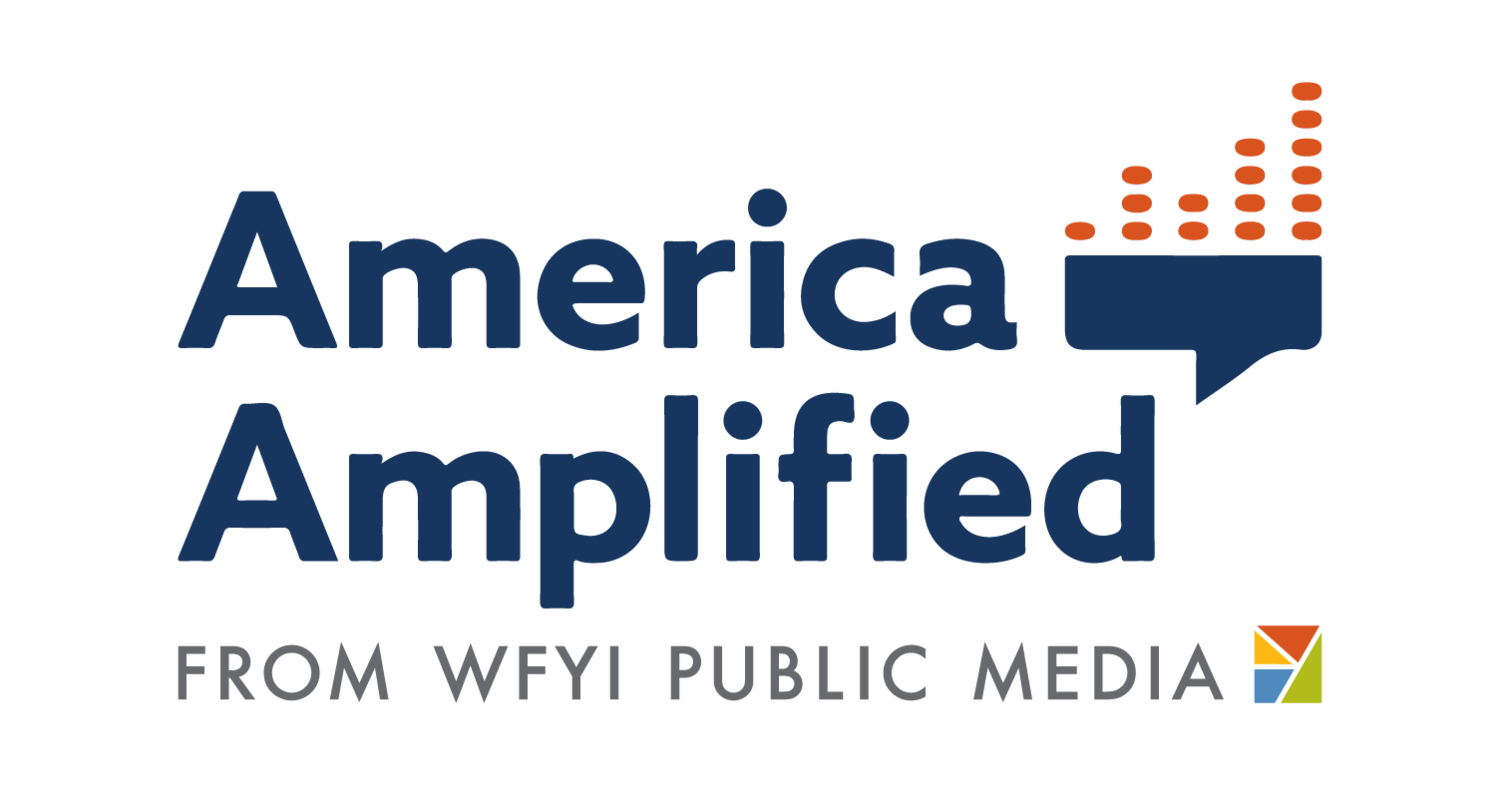Tips from Our Stations: Building and Sustaining Community Partnerships
Credit: Chelsea Naughton / America Amplified
One of our mantras at America Amplified is that we all know a lot more than we give ourselves credit for. We say this all the time to each other AND to the stations we’re working with. So, with that in mind, we held five roundtable discussions (aka “Table Talks”) during our fly-in meetup for the 2024 Elections project. As expected, the attendees had a no shortage of great ideas and wisdom to share with one another on each of the topics.
Read the takeaways from our other sessions:
Forging Bonds with Overlooked Communities | Listening Sessions 2.0 | Elevating Your Digital Engagement Strategies | Hearken Best Practices
Building and Sustaining Community Partnerships
How do we decide who to partner with and how do we approach them? What steps and strategies can help us set up successful collaborations, not just for the election cycle but over time?
Tips for Building Partnerships:
Have an up-front conversation with staff to get get clear about what you want to cover so you can design the project to connect with partners who will reach audiences you want, especially if you are trying reach underserved or underreported communities
Start with intention setting - Also figure out how your partners’ input will help shape your coverage
Ensure that the content you provide is relevant to your partner and get feedback
Have in-person conversations rather than over email
Go to where people are to present and invite them into the project. Ex: Present at organizational staff meetings or community group meetings (Rotary, Lions, Soroptomists) with set agendas - attach one question b/c agendas get sent in advance and they will see and think about it
Tips for Thinking About and Getting Internal Alignment on:
What are your project goals and needs?
How could partners help you meet them?
How might this project benefit them? (Advance their mission, goals, services)
What do you have to offer partners? (Information? Visibility? Training?)
What role do you envision your partner playing (Consultant, Collaborator, Co-creator)?
Do they have a good reputation? Play well with others? Non-partisan?
Tips for Nurturing Partnerships:
Having “touch ins” to ask if the content we are sharing is working for them
Do weekly communication via a call or email (but recognize they are very busy; being cognizant of their time)
Texting regularly
Following up on personal info you hear (source says not available b/c husband is having Chemo and in follow up call asking about husband)
Sending stories back to sources and partners
Tips for sustaining community partnerships:
When reporters are going to leave come up with a way for a soft handoff off their relationships and way to continue the conversation
Do a “Get smart lunch” (GBH example) with community partners followed up with survey of what worked well and how could we work together going forward
Offer an annual gathering to see and celebrate projects partners and participants, highlighting what was accomplished and what we might want to do together going forward.
Consider our staff as a community partner - Host a staff listening session to learn interests and needs
More Tips:
Get to know partners on their turf and learn about what they do.
Share your project idea and find out how it aligns with their goals and values. Ask what excites or concerns them about the idea, what outcomes they’d like to see emerge from it, how they imagine being involved and any feedback.
Have a follow up meeting to share refined project idea incorporating their ideas. Discuss values and outcomes that are important to both of you and explore activities, timelines, roles and expectations.
Create a written Memo Of Understanding that spells out shared agreements on project goals, roles, timeline, activities and/or deliverables. (You can find an example on the worksheets page in our playbook!) Celebrate!
Resources:
Developing Community Partnerships In Public Media: 3 Step Framework
Session 5 of our intensive training series
Shining examples:
Partnering with other media outlets
WFAE: https://current.org/2021/06/how-wfae-transformed-in-5-years-a-case-study/ The The Power of Diverse Collaborations : Increased diversity of audience. In the past year, 24% of listeners are Black Americans, double what it was in 2015, according to AudiGraphics. Recently, the station hit an all-time high of 31% Black listeners. The share of Hispanic listeners has increased from 1% to 3%. For context, Charlotte is 35% Black and 14% Hispanic, according to the U.S. Census.


